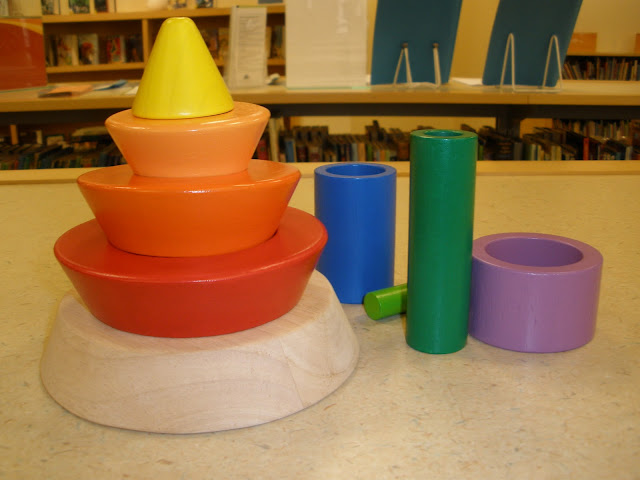| About William's Doll |
| "William wanted a doll. He wanted to hug it and cradle it in his arms..." |
|
What makes the book as
timeless and endearing as it is? Just ask Kimberlee Ent, the 43-year old
elementary school librarian at Hampden Elementary, in Mechanicsburg, PA. After
Kimberlee visited this site, she noted, "I love to share Charlotte's books with
all my students. The older I get.... the more her books mean to me." But
William's
Doll, is,
she says, her favorite. It embodies one of her core beliefs, which are shared by
so many of us who write for, teach, parent or otherwise spend time with the
young "As
I work with so many different children and realize all their unique gifts,
abilities, and needs, I hope for someone to be in each of their lives who
celebrates them as an individual. We all need someone to support us and love us,
unconditionally." In the case of William's Doll, that 'someone' turns out to be
William's grandmother.
|
| What happens when a boy wants a doll? |
| William's brother and friends and the boy next door call him a creep and a sissy. His father gets him a basketball ("He practiced a lot / and got good at it / but it had nothing to do / with the doll. / William still wanted one, and electric train set ("The tiny train/ threaded around and around the tracks/ with a clacking sound./ William made cardboard stations / and tunnels/ and bridges / and played with the train/ a lot. But he didn't stop wanting / a doll..." ). Below, William plays with his trains. |
|
|
| Finally, his grandmother comes to visit --- and at last William is understood. She gets William the doll (he "loved it right away"). And she explains to William's father (who "was upset. 'He's a boy!' he said / 'Why does he need a doll?'") why William needs it: |
| "so that when he's a father like you, he'll know how to take care of his baby and feed him and love him and bring him the things he wants, like a doll so that he can practice being a father. " |
| How Charlotte came to write William's Doll |
| "I remember lots of little pieces that went into it, and into my thinking. |
| "The first was this. My husband, Maurice, desperately wanted children, which was unusual in the crowd we moved in then. But even so, he had a hard time with the physical side of it. For instance, he never changed a diaper, and would leave the room when the baby was being changed. This is not a put-down of him: it was the custom of the time, fathers just didn't have much to do with their children, especially infants, in that way back then. But I used to think that both he and the baby were missing something because something else always happened. For example, one day when I was changing my first child, Stephen, he smiled --- his first smile. I remember feeling sad that Maurice missed that. |
| "A third episode, the one that drove me towards the book
most clearly, happened in Washington |
| "I did not write the book to be feminist ideology, although I am a feminist, and though I am very glad feminists have found a message in it. But I wrote it out of a direct emotional sorrow." |
| The dedication: William's Doll is dedicated "To Billy and Nancy." Who are they? Surprise --- Charlotte doesn't know! |
| Today, there are often two sets of dedications on children's books, one from the illustrator and one from the writer. But in 1972, the accepted practice was that only the writer issued a dedication. William Pene du Bois, who illustrated several of Charlotte's books, including It's not Fair and My Grandson Lew, asked her if this dedication could be used, she agreed. |
| Adaptations & awards |
| William's Doll was adapted for film/video in 1981 by Phoenix Films, produced and directed by Robert Carlo Chiesa. A version of the book was also made into a song, and is included on the best-selling recording Free to Be You and Me. (Below, William's grandmother saves the day by picking out a doll for William.) |
|
|
|
|
|
E-mail charlottesdaughter@charlottezolotow.com
© Dragon, Pen & Inc, 2001-2007 |






























